The final November reports are in for the Charlotte area housing market, we’ll look at all the key stats and how they might affect housing affordability and home sales moving forward. If you’re looking to buy or sell a home in Charlotte, this information can help you make the best decision based on your situation.
1. There’s a whole lot of ‘wait and see’ going on.
One of the most noteworthy things is new listings. We are down 27% year over year for November and almost 20% month over month. Sales were still occurring last month, just not at the pace or volume of last year. Fortunately for buyers the slower pace of sales allows time for the inventory of homes to build. We have entered the time of year that is typically a quieter time for home sales. This tends to give a window of opportunity for buyers because they have less competition for great homes that hit the market during the Holiday Season. Expect inventory of homes to increase in next year’s Spring Selling Season, which means that buyers will probably have more homes available to choose from but will likely face more competition from buyers.
In our experience, the 3 groups of people buying right now are the First-time home buyers who want to capitalize on the lower prices and the lack of competition. Two, Cash buyers! If you don’t need a mortgage, you benefit from lower prices without the negative impact of higher interest rates. And three the lifestyle movers. This could be new parents, empty nesters, divorcees, people moving to the city, people moving out of the city, etc.
Sellers, as a result of rapidly increasing interest rates, are opting out on selling their home, thus keeping home inventory low. A vast majority of these sellers have locked in interest rates 2.5-3.5% making them less motivated to make that move right now. And with low supply and demand, home prices are stable here in Charlotte Metro region.
2. Housing Affordability Index
Charlotte's housing affordability is still low relative to other large metros. Couple that with our pleasant climate, plentiful jobs and a relatively low cost of living, the region is still an attractive destination for many newcomers. As a result, the region’s population continues to grow rapidly. Unfortunately, like other growing cities, that housing affordability will likely continue to decline BUT we should continue to see a strong demand for housing.
Expect to see builders continue to shift over the next 12 months to a lot more townhome and condo-type options for affordability reasons. The other change that I'm seeing in the marketplace is some big builders shifting focus from new construction homes for sale to building single family rental home neighborhoods. Build for rent is a big category that's coming to Charlotte. As opposed to just building a neighborhood and selling those homes off one by one to individual buyers, a lot of builders are shifting that strategy to selling the entire neighborhood to an investor and those homes turn into rentals.
That could be a theme going into 2023 that will also affect the supply of new homes in the Charlotte marketplace.
3. There’s not a lot of inventory.
Housing Supply increased 80 percent to 1.8 months of supply. Compare that to this time last year we only had one month of supply. What 1.8 month supply means is if no new homes came on the market, based on the current absorption rate, it would take 1.8 months to sell the entire inventory out there. We really want to be between 4 to 6 months for a balanced market. I do expect this trend to continue to go up in the next couple of months. Some Cahrlotte markets in the suburbs, for example Matthews and Waxhaw, has seen median sales prices dip slightly, year-over-year, as more inventory is available. I am not seeing this in the neighborhoods closer to Uptown, like Dilworth, Myers Park, and South End because demand has stayed very strong with really low levels of inventory. I see strong sales prices to continue in neighborhoods such as these.

